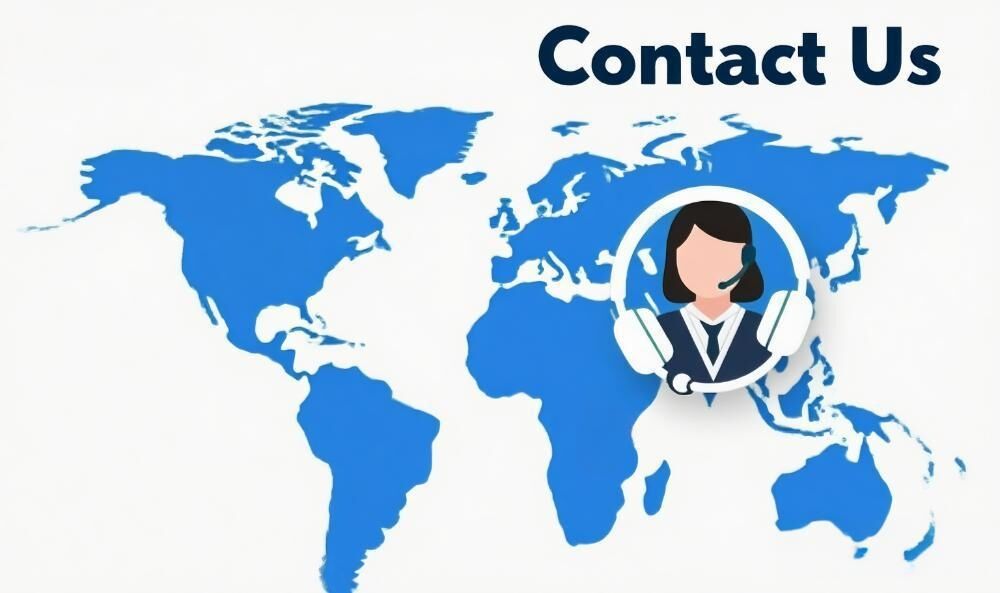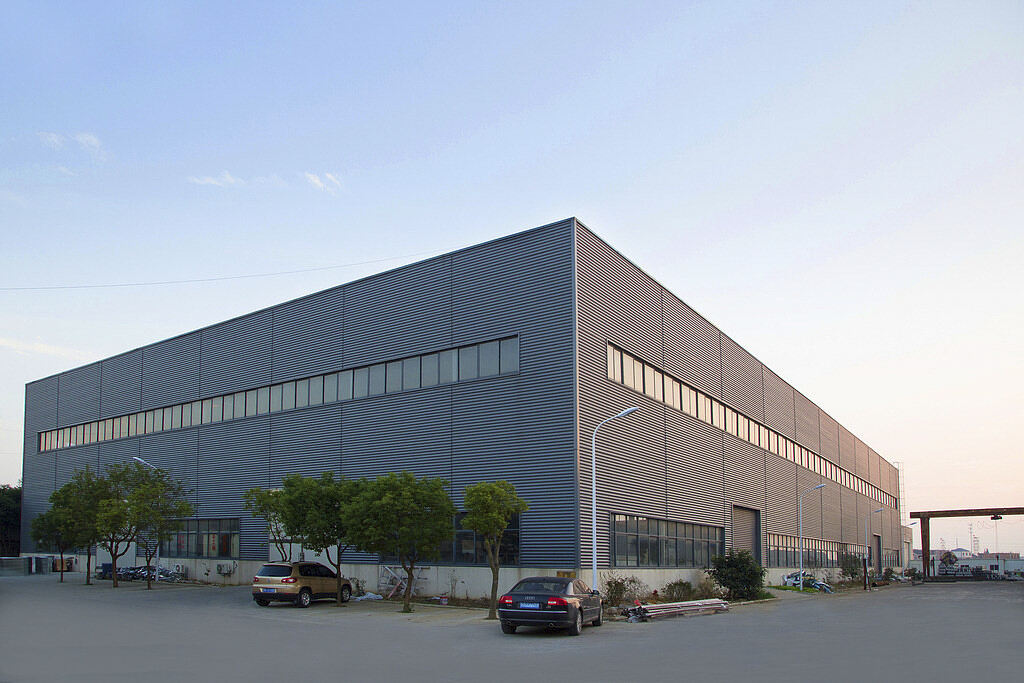Sunscreen Blinds fabric is made of high-density waterproof coated PVC/polyester fiber, with fire-retardant technology and UV sunscreen layer, which is highly moisture-resistant, waterproof and fire-resistant, and blocks 99% of ultraviolet rays to ensure privacy and safety; suitable for high-humidity and multi-light scenes such as bathrooms, kitchens, and balconies.
Supports personalized size and color customization


Sunscreen fabric is an innovative functional blind material, manufactured using a special polyester fiber and PVC composite process. Its precision microporous weaving technology achieves a unique "transparent but opaque" property. This fabric overcomes the limitations of traditional sunshade products, providing effective shading while maintaining an unobstructed view of the outdoors, perfectly resolving the conflict between shading and daylighting.














Exceptional Optical Properties: Achieves adjustable light transmittance from 9% to 15%, providing shading while maintaining visual transparency.
Excellent Thermal Performance: UV rejection up to 95% and infrared reflectivity exceeding 80%.
Outstanding Durability: Tensile strength ≥ 800N/5cm, with a service life of 8-10 years.
Environmental Benefits: 100% recyclable material, EU REACH certified.
Market Competitive Advantages
Differentiated Selling Point: Unique "transparent but opaque" performance, resulting in high product recognition.
Pricing Advantage: Superior price-performance ratio compared to traditional sunshade products, with a 25-35% premium at the end-user price point.
Customization Flexibility: Customizable parameters such as color, transmittance, and width are supported.
Supply Chain Advantages
Fast Inventory Turnover: Standard product inventory turnover is no more than 30 days.
Low Logistics Costs: Roll-to-roll shipping saves 40% of logistics space.
Easy Installation: 35% lighter than traditional fabrics, increasing installation efficiency by 50%.
Advantageous Profit Structure: Ample Gross Profit Margin: 25-30% for wholesale and 40-45% for engineering projects.
Low After-Sales Service Costs: Maintenance-free design, with a failure rate of less than 1% within the five-year warranty.
Stable Update Demand: Commercial projects feature a 5-7 year replacement cycle, ensuring continuous demand.
Technological Development Trends
